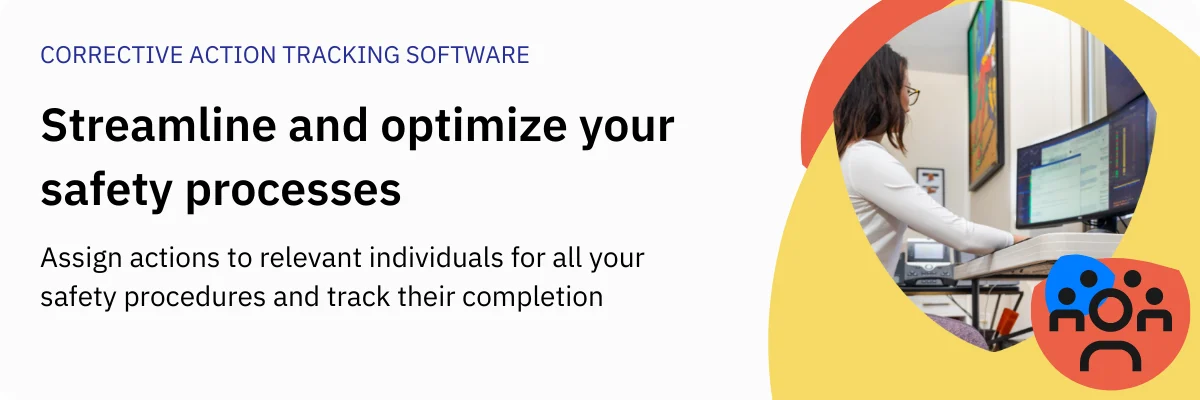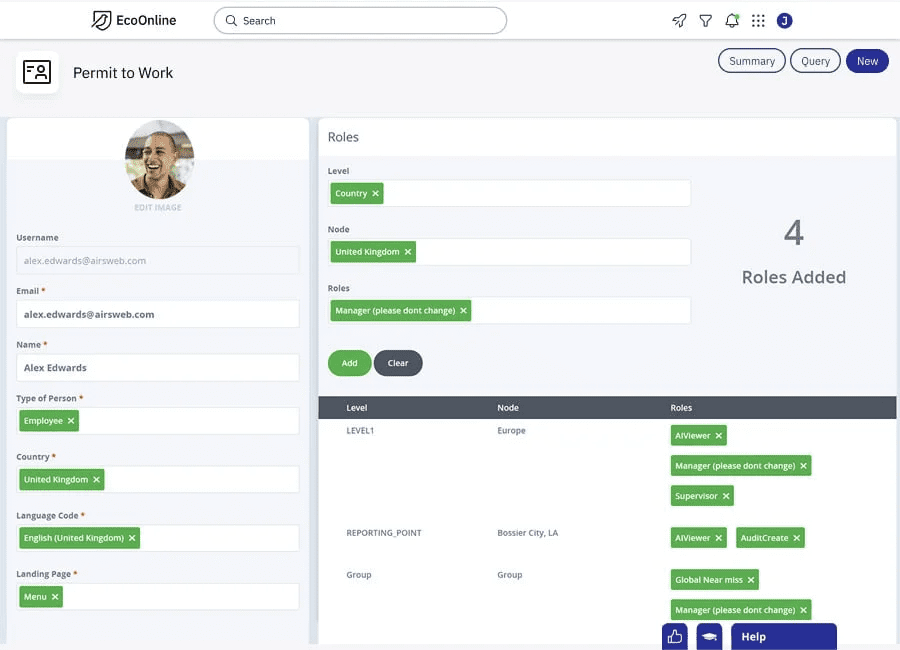Learning Crisis Management from the Airline Industry

When it comes to crisis management, the aviation industry is a great example of an organization that knows how to plan for and respond quickly and effectively.
From extreme weather events and mechanical malfunctions to terrorist threats, the aviation industry has developed and implemented best practices that all organizations can learn from.
Flying can be exciting and exotic, but history has proved time and again that there will be airline accidents – often creating headlines around the world and sometimes with villains (Germanwings) and heroes (“Miracle on the Hudson”) connected to what happened. For crisis managers, there are numerous lessons learned from past tragedies and airlines’ preparedness.
A productive way of getting ready for a possible crisis is to consider what scenarios might occur in your field of work. Fires and accidents at the headquarters often come to mind, but one should also assess other situations that will be challenging to handle.
The aviation industry has learned to be prepared for any and all possible emergencies. This includes having a step-by-step plan in place so that everyone involved knows what to do before, during, and after an incident. Before anything happens, teams must be trained on emergency protocols and know exactly what their roles are if something goes wrong.
Examples from airlines include scenarios connected to drone activity near an airport, cyber attacks or baggage mishandling. There might also be crisis situations arising from the mistreatment of passengers, as we have seen numerous examples of on social media the last couple of years.
No more “golden hour”
Social media is now a key factor in crisis management. Many crisis incidents are conveyed first through Twitter or Facebook, and there have been several instances involving passengers broadcasting live video from an unfolding disaster – even 30,000 feet in the air.
Keeping updated about what is happening and what the public is saying on social media is therefore essential for crisis managers, and “social listening” is now a a pre-requisite for a timely response.
A few years ago, leadership teams could spend the “golden hour” discussing what to say and who should give a statement. Not any more, especially in the airline industry. In fact, IATA – the worldwide trade organization for airlines – states in its guidelines on crisis communication that an airline that has experienced an incident should “Release first ‘tweet’ acknowledging initial reports” within 15 minutes.
The most important aspect of being prepared for an emergency is having a comprehensive communication plan in place.
The aviation industry relies on clear communication between all parties involved in order to ensure safety for passengers and crew members alike.
This means having a system in place for sharing critical information with staff members at all levels of the organization, as well as with outside stakeholders such as government agencies or other businesses.
Those responsible for responding should also have access to resources such as evacuation plans and contact information for emergency responders in case they need assistance.
In the first hour after a major airline disaster, its communication team needs to:
- Publish the first message
- Establish a dedicated web page about the accident
- Change branding on social media
- Monitor other airlines, airports, aviation industry, government agencies, the press, and other channels on social media as well as traditional media
- Prepare the first statement
- Plan for press conferences, telephone hotlines and Family Assistance Centers
Fortunately, there are several digital tools and best practices available for those handling a disaster, including:
- Social media monitoring through Hootsuite, Tweetdeck, Falcon, etc.
- Having a “bank” of premade messages that can be tailored to the incident – with “fill in the blanks” sentences
- Crisis management software such as InCaseIT to coordinate and work together as a team
The art of communication
After an aircraft accident, there are several stakeholders needing and demanding information. First and foremost, one must make sure those directly affected get news first, but there are also other parties involved including the media, government agencies, customers and employees.
Several CEOs have used social media to reach audiences within hours of a disaster. One example is the head of Lufthansa, Karsten Spohr, whose name appeared on the very first Twitter message the company published about the Germanwings accident in 2015.
Speaking at press conferences he showed a personal and heartfelt commitment to the victims’ families, and a few hours after the crash Lufthansa published his statement – in English as well as in German – on YouTube. Similarly, the CEO of Southwest Airlines published a YouTube message within hours of an accident in 2018, saying – in part: “This is a sad day. On behalf of the entire Southwest family I want to extend my deepest sympathy for the family and the loved ones of our deceased customer.”
Communication and family support are important factors in how an airlines’s reputation is affected after a tragic event. An honest leader speaking early and frankly can save a brand’s image, while on the other hand trying to hide the truth (in the old days an often-used strategy was to paint over the logo of a crashed airline) or not taking care of the victims can result in a backlash that can last for years. A recent example is Boeing, which for a long time declined to comment on its problems with the 737 MAX aircraft.
In addition to being prepared, teams must also act quickly when faced with a crisis situation. In the aviation industry, this means making decisions within seconds based on pre-established protocols and procedures.
For instance, pilots must make split-second decisions about how to handle turbulence or other unexpected events while still keeping passengers safe. EHS teams should take this same approach when responding to crises within their own organizations—timely decision making is key!

Family support – it’s the law
In addition to strict rules about how they operate under normal circumstances, the airline industry must follow laws and regulations that focus on the aftermath of a disaster. The US has been in the forefront when it comes to regulating family support, but other countries – including Australia, Mexico and the United Arab Emirates – are following up with detailed guidelines that are designed to make sure those affected by a disaster are taken well care of and get the support they need.
This was not always the case, and the rules came about in the US as a consequence of airline accidents in the 1990 that resulted in complaints from survivors and next-of-kin. Air carriers as well as federal agencies lacked a structured and compassionate response, and there were several instances when victims’ belongings and even human remains were misplaced or intentionally destroyed by those in charge.
In 1996 President Clinton signed a law that included the “Aviation Disaster Family Assistance Act, ” and a subsequent task force came up with a detailed list that included disaster mental health support, rules regarding lawyers’ access to victims’ families (only allowed after 45 days) and demands on airlines to store personal effects collected after a crash for a minimum of 18 months.
The US government follows up on its legislation, and it proved that it means business after the crash of Asiana Flight 214 in San Francisco in 2013. The airline faulted in several areas of family assistance, and in 2014 the U.S. Department of Transportation fined Asiana Airlines $500,000 for failing to assist families following the crash.
Long-term commitment
The aftermath of a plane crash lasts for many years. The first 12 months focus on recovery, identification processes and investigations into what caused the accident, and one year later there is usually a formal memorial at or near the crash site. Support groups might play in important role, and representatives of the victims’ families need to be consulted in monument planning and subsequent anniversaries.
Dealing with a disaster involves many challenges on a logistical, organizational, economical and personal level. The tasks might seem overwhelming, but one should always remember to focus on those who have been personally affected by what happened. As Jim Hall, a former chairman of the NTSB, once said: “All I have to do in this business of airline emergency response is ask: How would I want to be treated? More importantly, how would I want my family to be treated?”
The aviation industry is probably the one where the stakes are incredibly high, and yet, many organizations (or airlines) tend to do a pretty good job of communicating with transparency, espeically in the wake of a disaster.
These lessons can prove to be critical for organizations that are willing to adapt and take steps to ensure that they come up with a more streamlined approach for communicating with the affectees and other stakeholders, especially during a crisis situation.
Documents and reports of interest:
- IATA’s guidelines on crisis communication: https://www.iata.org/en/publications/crisis-communications-guidelines/
- United Arab Emirates – “Aviation Disaster Family Assistance Planning”: https://www.gcaa.gov.ae/en/epublication/admin/Library%20Pdf/Accident%20Investigation%20Rules/CAR-FAP-AVIATION-DISASTER-FAMILY-ASSISTANCE-PLANNING-ISSUE-01-2.pdf
- NTSB – Federal Family Assistance Plan for Aviation Disasters: https://www.ntsb.gov/tda/TDADocuments/Federal-Family-Plan-Aviation-Disasters-rev-12-2008.pdf
Organizations that assist after aviation accidents:
- NTSB
- Kenyon International
- ACCESS – AirCraft Casualty Emergency Support Group












